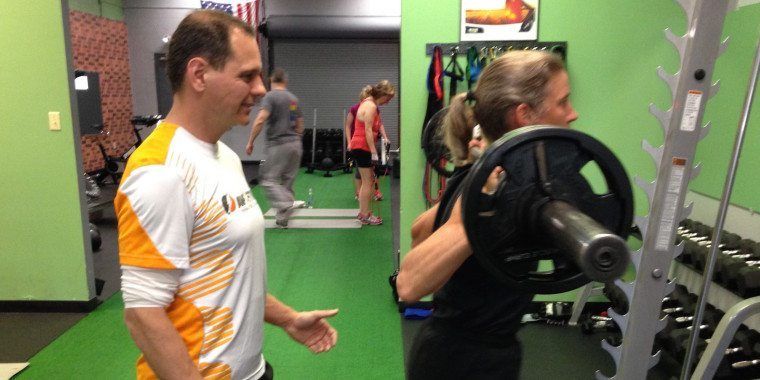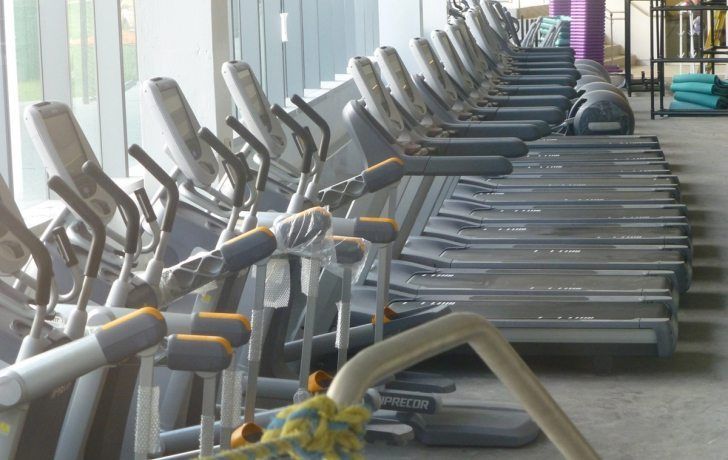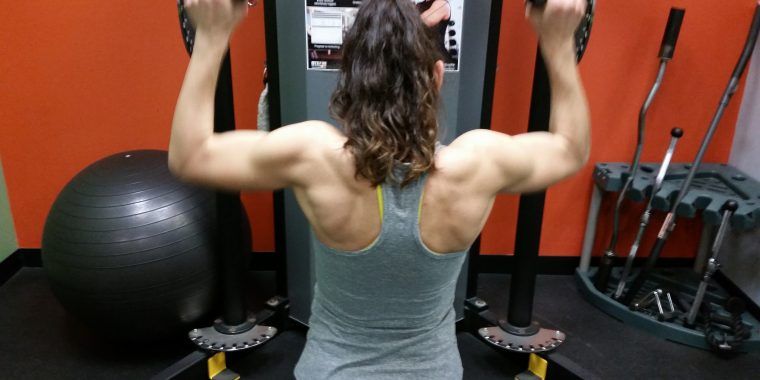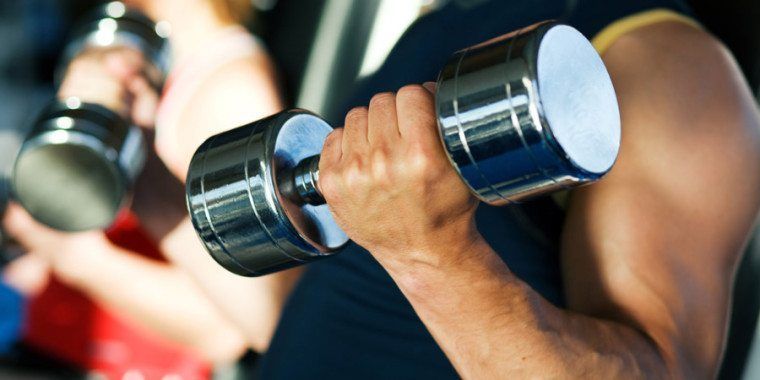When you work your muscles they undergo contractions that involve both shortening and lengthening the muscle while still producing force.
The phase of contraction that occurs when the muscle shortens is known as concentric, whereas the phase of contraction that occurs as the muscle lengthens is known as eccentric.
During our day-to-day activities, concentric actions start our movements while eccentric actions slow our activity down. For example, during running, the quadricep muscles will propel the runner forward with concentric actions, while the hamstrings can brake running by slowing down the forward motion. To maintain sport performance and prevent injury throughout the whole range of motion, it is important to strengthen both phases of muscle contraction.
According to the American College of Sports Medicine, resistance exercise programs help build both muscle health and strength across all ages. Eccentric strength is especially important for balance, mobility and physical functions such as walking down stairs or lowering objects to the ground.
Examples of eccentric actions include lowering a dumbbell, performing a Nordic hamstring curl or a calf press off of a stair ledge. Traditional strength training eccentric programs typically involve lifting a weight in the concentric phase for two seconds and then lowering the weight in the eccentric phase for four to six seconds to maximize strength gain.
In sport-specific exercises or dynamic exercise (such as drop jumping or throwing), eccentric exercise is performed at higher speeds and can be tailored to meet the goals and needs of the individual, making them ideal for all fitness levels.
Eccentric Resistance Exercise Products Include:
- Web-based exercise plans using free weights
- Weight machines that control weight during different phases of muscle contraction
- Modification of existing machines to create eccentric loading
- Video or online promotions
- Eccentric exercise ergometers that pedal backwards
- Using kettle bells or small medicine balls during sport specific motions
Samples of eccentric exercise machines include the reverse pedaling ergometer and the new eccentric focused resistance exercise machines.
If machines are not available, training programs can also provide direction for eccentric loading using body weight, hand-held weights, kettle bells and small medicine balls. The intensity of these programs can be modified based on the individual’s fitness level and characteristics.
Healthy, younger, fit individuals may start programs that involve body weight and free weights. Older adults may have low strength or joint pain and may need to start an eccentric program with body weight alone before adding any resistance.
When performed correctly and safely, eccentric exercise may have several benefits including:
- Improved muscle coordination
- Improved balance
- Less cardiovascular stress than intensive concentric actions
- Increased strength in the entire range of motion of each joint
- Increased strength across a variety of movement speeds
- Increased muscle power and sport performance
- Recovery from tendon related injuries
Precautions for the use of Eccentrics
- There are several considerations when starting eccentric focused resistance exercise:
- Warm up for 5-10 minutes before starting exercise
- Muscle soreness is common 24-48 hours after eccentric exercise
- Be sure that exercise form is correct before increasing the weight to be lifted
- Begin slowly (fewer repetitions at the start of training to prevent severe soreness)
- May increase lactate levels more than concentric exercises
- For heavier free weight exercises, have a spotter to help you
- Use maximal eccentric exercise sparingly (once a week)
For adults with current joint pain like osteoarthritis, eccentrics may worsen pain symptoms in the affected joint
If an individual is recovering from injury, a physician should be consulted before using eccentrics
Older adults may use eccentrics, but should consider supported machines such as an eccentric flywheel ergometer or machines that permit small incremental changes in resistance.
Because the muscle forces that are generated during slow eccentric overloading are high compared to traditional concentric resistance exercise, three to five days of rest should be provided between days of exercise. This recovery time allows the muscle to repair, adapt and prepare for the next exercise session.
To learn more about the benefits of eccentric resistance training, contact AMP Fitness today at 216-236-3674.












